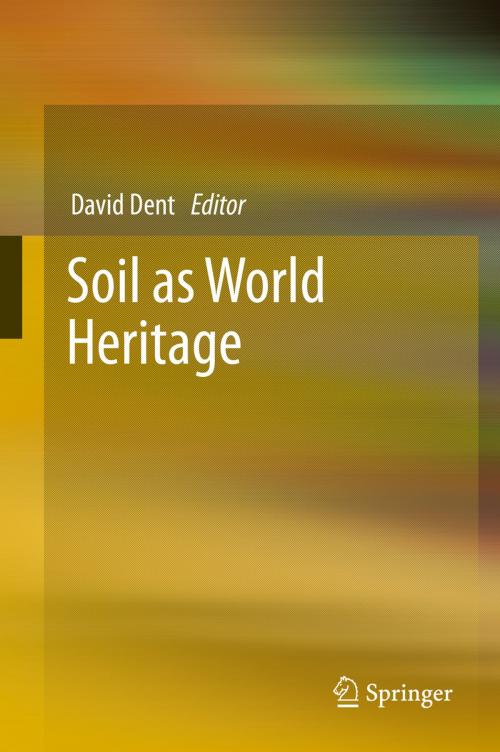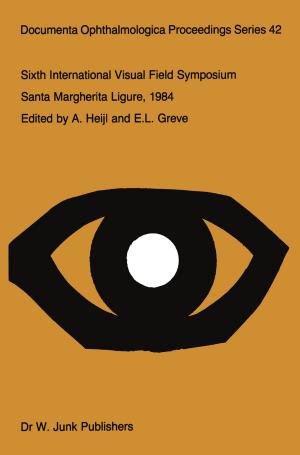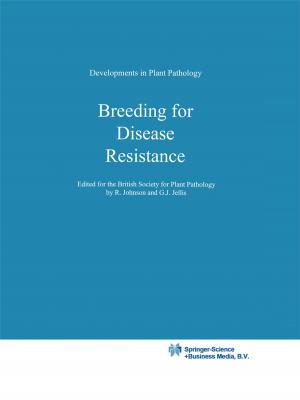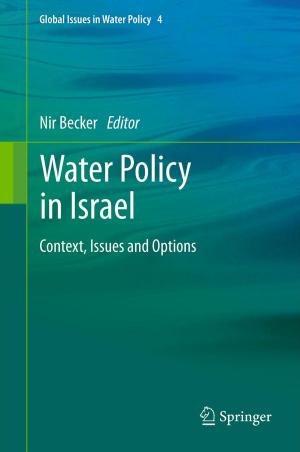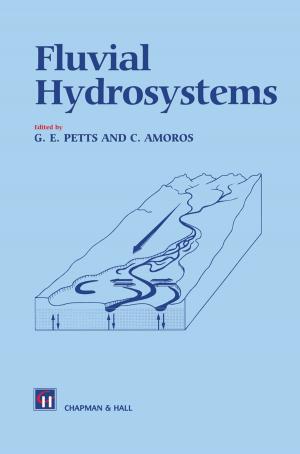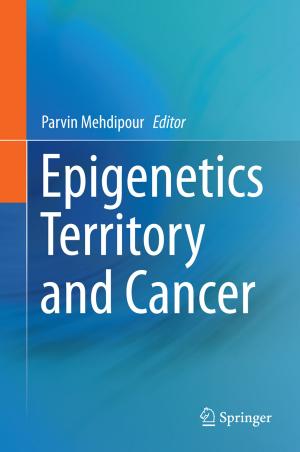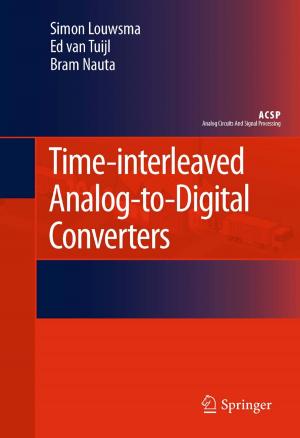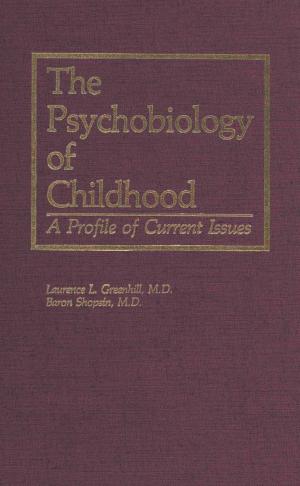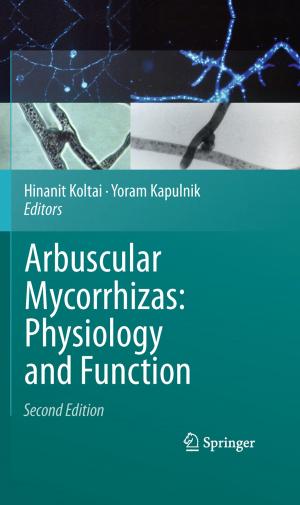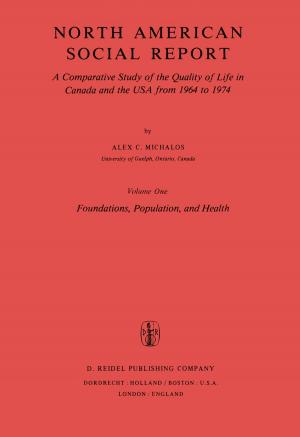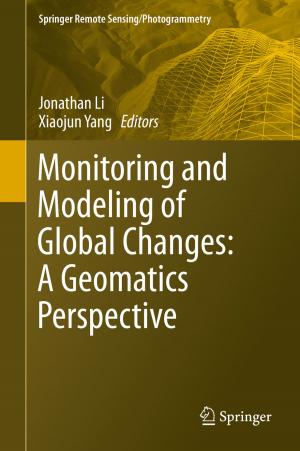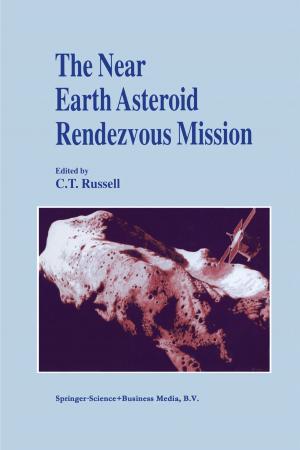Soil as World Heritage
Nonfiction, Science & Nature, Science, Earth Sciences, Geography, Nature, Environment, Environmental Conservation & Protection| Author: | ISBN: | 9789400761872 | |
| Publisher: | Springer Netherlands | Publication: | September 30, 2013 |
| Imprint: | Springer | Language: | English |
| Author: | |
| ISBN: | 9789400761872 |
| Publisher: | Springer Netherlands |
| Publication: | September 30, 2013 |
| Imprint: | Springer |
| Language: | English |
Soil as World Heritage celebrates a half century of field experiments on the Balti Steppe, in Moldova - where Dokuchaev first described the Typical Chernozem in 1877, protected from the elements by a unique system of shelter belts designed by the great man, and now provisionally listed as the first World Heritage Site for soil. The book presents contributions to the 2012 international symposium attended by researchers, practitioners and policy makers from the European Commission and countries as diverse as Belarus, Bulgaria, the Czech Republic, France, Germany, Italy , the Netherlands, Romania, Russia, Ukraine, United Kingdom, USA and, of course, Moldova itself.
The experimental data demonstrate the damage caused by human activity to the productivity and integrity of the black earth and, also, ways to restore its fertility. Results from even longer-established trials worldwide also demonstrate that agricultural practices are driving global warming, leaching of nutrients, pollution of water resources, diversion of rainfall away from replenishment of soil and groundwater to destructive runoff, and destroying soil organic matter and biodiversity. These are pressing issues for our generation and will press harder on future generations. Long-term field experiments, and the scientific skills and experience that they nurture, will be more and more valuable as a foundation and focus for interdisciplinary teams studying the effects of farming practices on the soil and soil life so as to devise a sustainable alternative.
Europe-wide and worldwide contributions also discuss economic incentives - carbon and green water credits - which themselves require robust supporting data, and legislative aspects of promoting more sustainable farming systems. The outcomes of the conference include recommendations for institutional support for sustainable farming and a draft of the law on land and soil management for the Parliament of Moldova.
Soil as World Heritage celebrates a half century of field experiments on the Balti Steppe, in Moldova - where Dokuchaev first described the Typical Chernozem in 1877, protected from the elements by a unique system of shelter belts designed by the great man, and now provisionally listed as the first World Heritage Site for soil. The book presents contributions to the 2012 international symposium attended by researchers, practitioners and policy makers from the European Commission and countries as diverse as Belarus, Bulgaria, the Czech Republic, France, Germany, Italy , the Netherlands, Romania, Russia, Ukraine, United Kingdom, USA and, of course, Moldova itself.
The experimental data demonstrate the damage caused by human activity to the productivity and integrity of the black earth and, also, ways to restore its fertility. Results from even longer-established trials worldwide also demonstrate that agricultural practices are driving global warming, leaching of nutrients, pollution of water resources, diversion of rainfall away from replenishment of soil and groundwater to destructive runoff, and destroying soil organic matter and biodiversity. These are pressing issues for our generation and will press harder on future generations. Long-term field experiments, and the scientific skills and experience that they nurture, will be more and more valuable as a foundation and focus for interdisciplinary teams studying the effects of farming practices on the soil and soil life so as to devise a sustainable alternative.
Europe-wide and worldwide contributions also discuss economic incentives - carbon and green water credits - which themselves require robust supporting data, and legislative aspects of promoting more sustainable farming systems. The outcomes of the conference include recommendations for institutional support for sustainable farming and a draft of the law on land and soil management for the Parliament of Moldova.
